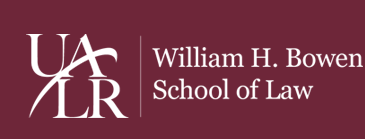Publication Date
2003
Abstract
Beginning on January 31, 2000, at least 100,000 cubic meters of highly polluted water escaped from a tailings dam at the Aurul gold mine in Baia Mare, Romania. The water flowed into the Somes, Tisza, and Danube Rivers, causing enormous environmental damage. Most of the damage occurred in Hungary, downstream from Baia Mare. Hungarian politicians called the spill “the first, most serious environment[al] catastrophe in the 21st century,” and “the worst ecological disaster in central Europe since Chernobyl in 1986.”
More striking than the resemblance to the Chernobyl disaster, though, was the resemblance to another 1986 environmental catastrophe: the Sandoz warehouse fire at Schweizerhalle, near Basel, Switzerland, which released over 10,000 cubic meters of highly contaminated water into the Rhine.4 In each of these instances, an international environmental legal regime ostensibly protected the affected river system. However, international law failed to prevent or reduce the impact of the accident in each case.
Fourteen years after the Sandoz spill, Europe's river systems remain unacceptably vulnerable to catastrophic chemical accidents. This article explores the growth of the environmental regime of one such system, the Danube basin, and the weaknesses revealed by the Baia Mare accident.
Document Type
Article
Recommended Citation
Aaron Schwabach, From Schweizerhalle to Baia Mare: The Continuing Failure of International Law to Protect Europe's Rivers, 19 Va. Envtl. L.J. 431 (2000).
Included in
Available at: https://lawrepository.ualr.edu/faculty_scholarship/269
